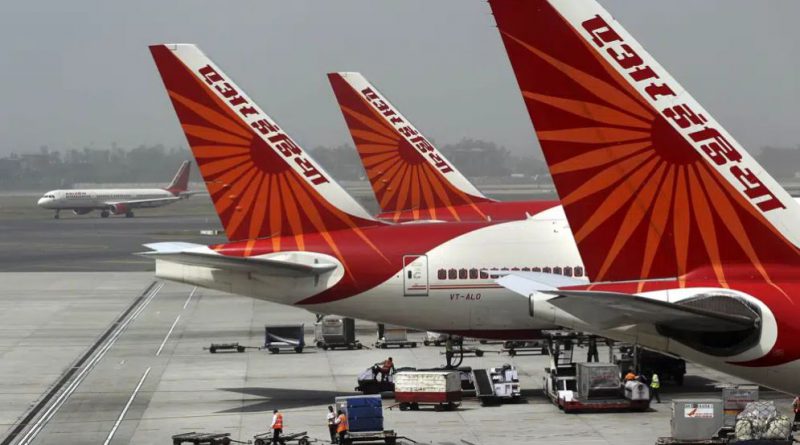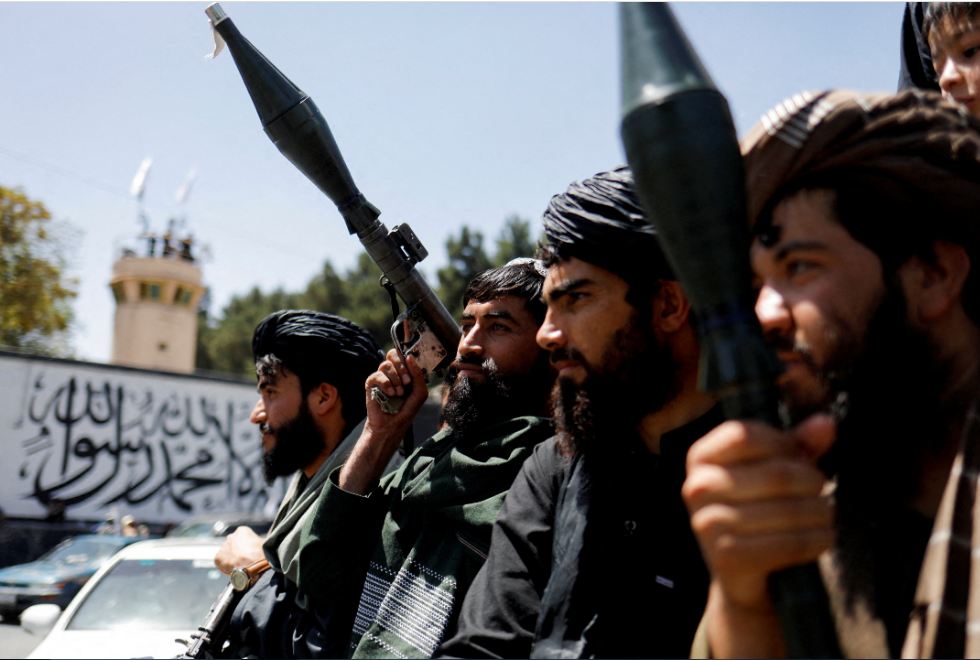Air India Pushes for Access to Xinjiang Airspace as Financial Pressures Increase
New Delhi – Air India is urging the Indian government to begin diplomatic negotiations with China to allow the airline to use a restricted military airspace corridor over Xinjiang, aiming to reduce lengthy detours created by Pakistan’s continued closure of its skies to Indian carriers.
The request has gained urgency as operational costs climb sharply, adding significant pressure to an airline that is already battling losses and recovering from past disruptions.
The appeal coincides with the recent resumption of direct flights between India and China, restarting after a five-year break caused by heightened tensions and a military clash along the Himalayan border.
Industry observers say the timing underscores Air India’s widening challenge of sustaining long-haul operations both financially and strategically.
Air India’s international network has been recovering slowly after a dramatic setback earlier this year, when one of its long-haul aircraft crashed during a flight to London, leading to a temporary safety review and reduced global schedules.
While the airline has been working on restoring confidence and rebuilding operations, new geopolitical and logistical constraints have complicated those efforts.
Since April, Pakistan has kept its airspace closed to Indian carriers following a diplomatic rift, creating costly diversions on routes to Europe and North America.
Air India, the only Indian carrier with a substantial global footprint, has been disproportionately affected, increasing flight times by up to three hours and driving up fuel expenses by nearly 30% on certain routes.
An internal document submitted to Indian authorities outlines the airline’s concern that these extended routes are eroding profitability at a time when financial performance is already under strain.
The airline noted that the Pakistan airspace closure alone could impact its annual profit before tax by more than $450 million, a figure that surpasses its losses from the previous fiscal year.
To mitigate the burden, Air India wants clearance to use a faster routing through Xinjiang and seek access to emergency landing facilities in Hotan, Kashgar and Urumqi in case of unexpected diversions.
Officials familiar with the matter say the government is reviewing the proposal and evaluating whether diplomatic channels could be used to negotiate with Beijing.
The specific airspace the airline hopes to access lies near rugged mountain ranges rising above 20,000 feet and is generally avoided by many carriers due to the risks associated with decompression events in areas with limited safe-landing options.
The region also falls under the Western Theater Command of China’s military, which oversees operations along the India border and maintains advanced surveillance, missile and air-defence systems.
Military analysts note that China exercises strict control over its airspace, especially in strategic regions, limiting commercial flight corridors compared with most major aviation markets.
Recent satellite imagery shared by independent tracking sources suggests ongoing expansion of military aviation infrastructure at Hotan, one of the airports Air India hopes to use.
Without access to this shorter corridor, some long-haul routes may become increasingly difficult to operate at sustainable cost levels, according to the airline’s internal assessment.
This has raised concerns that Air India’s broader international ambitions could be challenged unless an alternative solution is secured through diplomatic or regional negotiations.
Air India has not publicly commented on the details of the proposal, and authorities in India, China and Pakistan have not issued formal responses regarding the request.
However, government officials have indicated that the situation is being reviewed with sensitivity to regional security considerations and existing bilateral complexities.
As the airline continues its long-term transformation under the Tata Group and Singapore Airlines partnership, operational efficiency and competitive route access remain central to its recovery strategy.
Industry analysts say securing new air corridors could play a decisive role in shaping Air India’s ability to compete with international rivals and maintain global connectivity despite geopolitical constraints.



